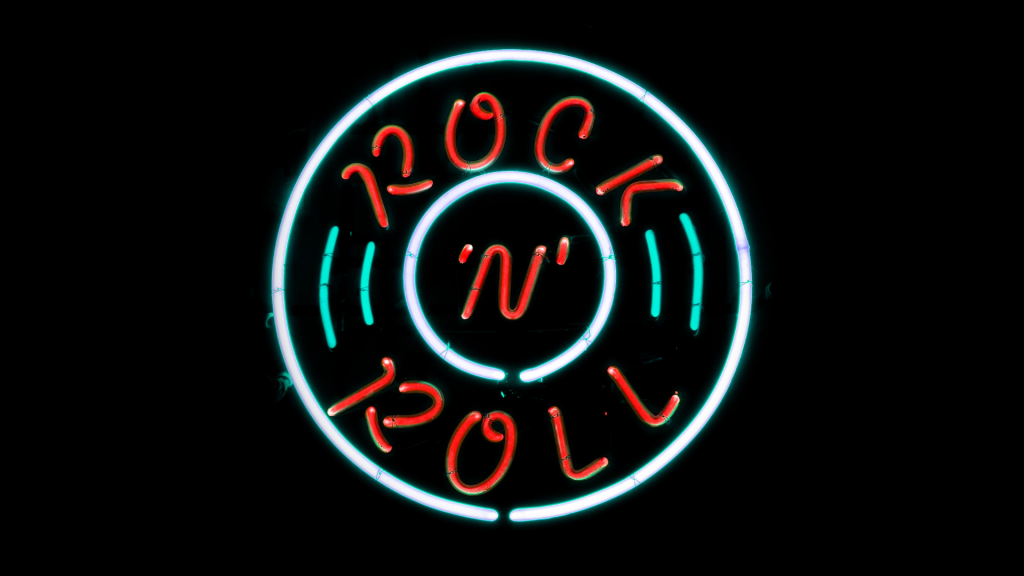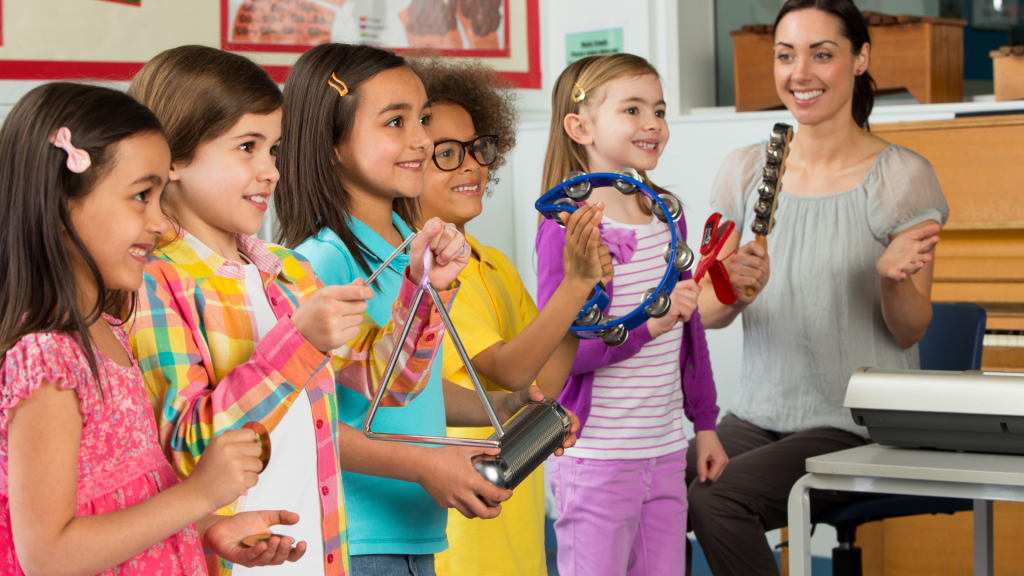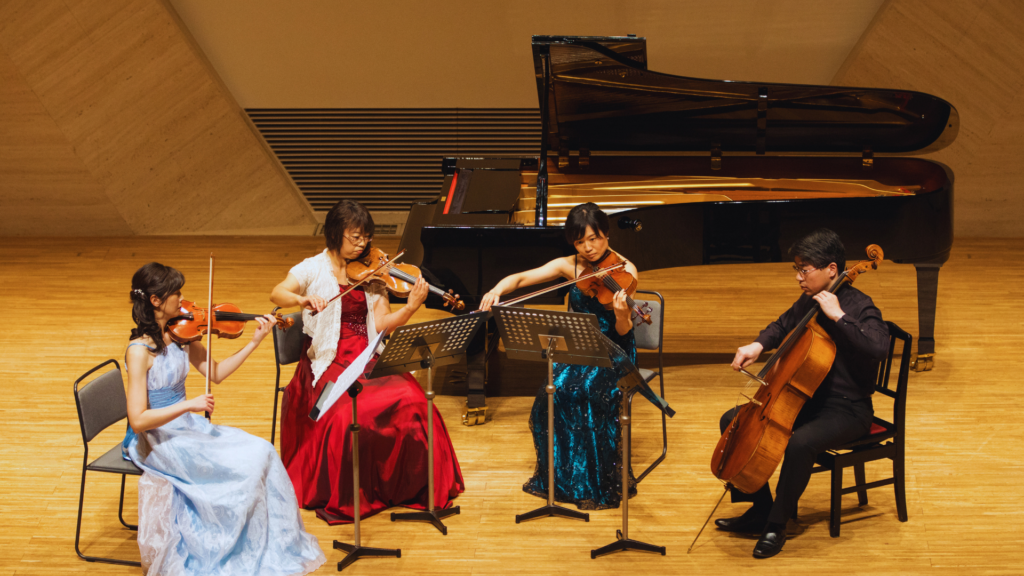Improvisation plays a crucial role in music composition, offering composers a unique pathway to creativity. By spontaneously creating melodies, harmonies, and rhythms, artists can explore new ideas and express their emotions in real-time. This process not only enhances their compositional skills but also fosters a sense of spontaneity and innovation in their work.
Many renowned composers have incorporated improvisation into their writing processes, allowing them to break free from conventional structures. This approach can lead to unexpected musical connections that might not emerge through traditional composition methods. The interplay between planning and improvisation often enriches the final piece, making it more dynamic and engaging.
Understanding the value of improvisation can transform the way musicians approach their craft. It encourages risk-taking and experimentation, ultimately enhancing both the composition and performance aspects of music. For those looking to deepen their creative practice, embracing improvisation can open up a world of possibilities.
Historical Context of Improvisation in Music
Improvisation has deep roots in various musical traditions. It played a significant role in classical music and evolved into distinctive forms in genres like jazz and blues. The history of improvisation is notable for its impact on both composers and performers.
Role of Improvisation in Classical Music
In classical music, improvisation was integral during the Baroque period. Composers such as Johann Sebastian Bach often incorporated improvisational elements in their works. Musicians might showcase their skills through improvisation during performances.
By the Classical period, figures like Mozart and Beethoven utilized improvisation as a creative outlet. Their ability to spontaneously create music reflected their virtuosity. Mozart, known for his quick wit, often improvised during his performances, adding unique flourishes. Beethoven also relied on improvisation, especially in piano compositions, to explore emotional depth and structure.
Evolution of Jazz and Blues
Improvisation became foundational in jazz and blues, evolving from African musical traditions. Early jazz musicians like Louis Armstrong emphasized spontaneous creativity, shaping the genre’s identity. The freedom to improvise allowed musicians to express their individuality.
By the mid-20th century, bebop emerged. This style, led by artists like Charlie Parker and Thelonious Monk, embraced complex melodies and rapid tempos. Later, musicians like John Coltrane expanded improvisational techniques, exploring modal jazz and transcending traditional boundaries. The improvisational nature of jazz and blues reflects cultural narratives and personal expression, making it distinct in the musical landscape.
The Creative Process of Improvising
Improvisation is a vital aspect of music composition, enhancing creativity and spontaneity. It involves various techniques, melody and harmony interplay, and rhythmic elements that contribute to a dynamic musical expression.
Improvisation Techniques
Improvisation techniques allow musicians to create spontaneous melodies and harmonies. Common techniques include call and response, where one phrase invites a reply, and motivic development, where small musical ideas evolve during performance. Musicians often utilize scale patterns, switching between major and minor modes for diverse emotional effects. Chord changes provide a framework, prompting musicians to explore melodic variations. Effective improvisers balance planned ideas with organic creativity. The use of technology in live performance, like looping or effects pedals, further expands improvisational boundaries.
Melody and Harmony in Improv
Melody and harmony play central roles in improvisation. Musicians build melodies using fragmented motifs that interact with underlying harmony. A strong grasp of harmonic progression is crucial, as it informs the choices musicians make while improvising. Musicians can shift between different modes to create contrast and tension. Employing tension and resolution within melodies enhances emotional impact. Additionally, understanding how to navigate chord changes allows for seamless integration of new ideas, keeping the performance engaging. The relationship between melody and harmony allows musicians to convey deeper narratives through their improvisation.
Rhythmic Elements of Improvisation
Rhythm significantly shapes the character of improvisation. Musicians experiment with various rhythmic patterns, creating syncopation or polyrhythms to add complexity. Subdivision of beats enables more detailed rhythmic expression, allowing for intricate layering. Understanding the time signature is essential for maintaining the flow in improvisation. Rhythmic variation, such as alternating between slow and fast phrases, captures the listener’s attention. Additionally, employing techniques like swing or offset beats enriches the improvisational repertoire. This rhythmic flexibility encourages a lively interplay between musicians, enhancing the collective creative experience.
Improvisation in Performance and Composition
Improvisation serves as a dynamic element in music, influencing both performance techniques and the processes of composition. It highlights the unique interactions between musicians and the spontaneous creation of music.
Improvised Solos and Cadenzas
Improvised solos play a vital role in many musical performances. In genres like jazz and classical, performers break from the written score to showcase their creativity and technical skill. Cadenzas, often placed within concertos, serve as a platform for these improvisations, allowing musicians to demonstrate personal style and interpretation.
Within a cadenza, musicians may experiment with rhythm, phrasing, and harmonic exploration, thus adding depth to the piece. This unscripted element can evoke a range of emotions and connect with the audience on a personal level. The ability to perform improvised solos distinguishes a musician’s artistry and enhances the live music experience.
Impacts on Musical Genres
Improvisation significantly shapes various musical genres. In jazz, it is a defining characteristic that fosters innovation. Musicians blend traditional structures with personal expression, creating fresh sounds that resonate within the genre.
Rock music benefits similarly, where guitar solos often feature spontaneous improvisation. Folk music incorporates improvisation through storytelling elements, allowing artists to adapt lyrics and melodies to personal narratives. These spontaneous elements contribute to the ever-evolving nature of each genre, ensuring that no two performances are identical.
Improvisers and Their Musicianship
The artistry of improvisers is marked by their deep understanding of music theory and genre-specific techniques. Skilled musicians often draw from a broad range of influences while improvising, crafting solos that reflect their training and life experiences.
They possess strong listening skills, enabling them to interact seamlessly with other musicians during performances. This collaboration fosters a unique conversation through music that elevates the experience for both performers and audiences. Ultimately, the musicianship of improvisers shapes the sound and character of contemporary music, revealing the profound impact of improvisation in both performance and composition.
Learning and Mastering Improvisation
Improvisation requires a solid foundation in music theory and trained listening skills. A deep understanding of jazz standards enhances an improvising musician’s ability to navigate various musical contexts.
Music Theory and Ear Training
Music theory forms the backbone of improvisation. Knowledge of scales, chords, and harmonic progressions allows musicians to create compelling solos. Understanding theme and variation helps in developing personal style and creativity.
Ear training is equally crucial. It develops the ability to recognize intervals, chord changes, and melodic patterns. Musicians can practice by transcribing solos from masters like Chopin or Derek Bailey, which sharpens their listening skills and improves their improvisational vocabulary.
Techniques such as singing intervals and practicing with backing tracks solidify these concepts. Through consistent ear training, musicians enhance their responsiveness in real-time improvisation.
Jazz Standards and Repertoire
Familiarity with jazz standards is essential for contextual improvisation. These pieces serve as frameworks that provide structure. They also introduce various improvisational techniques widely used in jazz. Understanding the underlying progression of standards creates opportunities for creativity.
Engaging with a diverse repertoire allows musicians to adapt and innovate within different styles. Learning variations of a theme offers insights into constructing solos. Musicians benefit from studying how others have approached familiar tunes, developing their unique interpretations.
Collaborative playing, where musicians exchange ideas within the context of standards, improves improvisational skills. This practice fosters a deeper connection with the music and enhances musical arrangement abilities.




